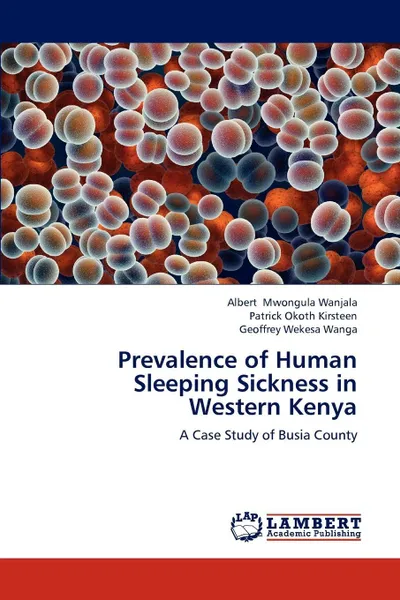Prevalence of Human Sleeping Sickness in Western Kenya 14+
2012
52 страницы
Категория: Научная литература
ISBN: 9783847322658
Язык: Английский
📕 Human sleeping sickness is a zoonotic disease which is transmitted by a tsetse fly vector known as Glossina species. Basically, two types of sleeping sickness affecting human are known namely Trypanosoma brucei gambiense and Trypanosoma brucei rhodensiense. According to WHO, the disease occurs in 36 sub Saharan countries within the distribution of the tsetse fly belt. Human sleeping sickness may not be a known world-wide killer disease such as malaria and AIDS; however, it is an important disease in sub-Saharan Africa and is responsible for a considerable degree of suffering and mortality in countries where it is endemic. There is need to determine the prevalence of Human sleeping sickness since the disease can confused to be witchcraft or some immune-competent disease for example AIDS. Busia County of Western Kenya lies in the tsetse fly belt and therefore, sleeping sickness disease is of great a public health concern. The ability to predict the likelihood of an epidemic would enable control measures and surveillance infrastructures to be put into place in advance.
Мнения
